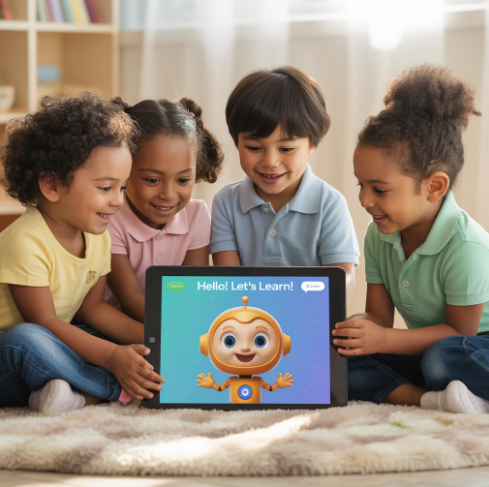AI chatbots like ChatGPT and Character Ai have become ubiquitous digital companions, particularly attracting young users with their responsive, human-like interactions.
Children’s engagement with these AI tools has more than doubled since last year, with youngsters now spending 6-9 hours daily online, increasingly treating AI interaction as a normal part of their digital routine.





AI chatbots are rapidly transforming how children explore, learn, and play bringing both opportunities and distinct dangers that require parental vigilance.

Latest from our blogs

Get latest online safety advice
© 2025 Learning KidsnClicks All rights Reserved.